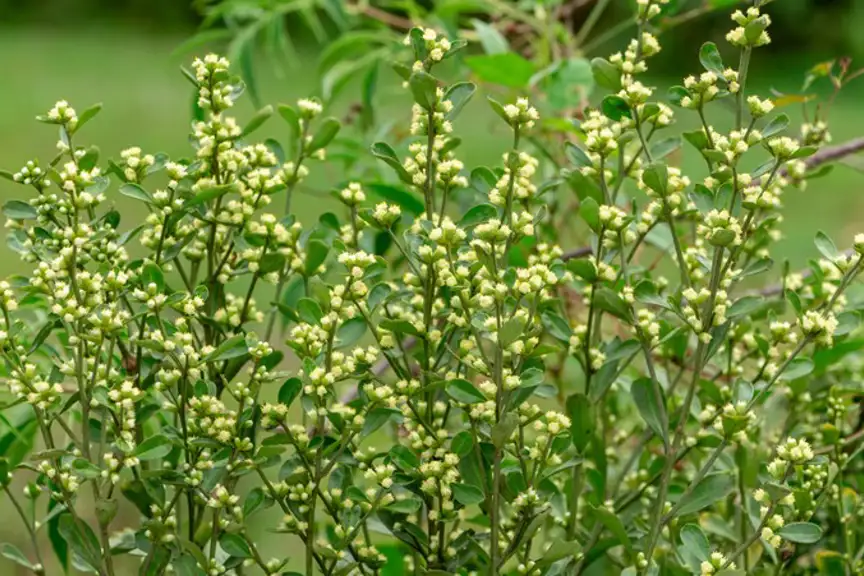Groundsel Control in Your Garden
Baccharis halimifolia

Baccharis halimifolia

There are a variety of methods to control groundsel, including manual removal, biological control and herbicide treatment. Pull out young plants or seedlings, ensuring the entire root is removed to prevent any regrowth. The area can be planted with suitable alternatives to help outcompete any germinating groundsel seedings. For larger infestations, regular slashing can help reduce plant numbers, but it is best used in conjunction with herbicide treatments, biological controls and revegetation practices to help with long-term eradication.
If treatment is required, control groundsel with Yates Tree & Blackberry Killer. Apply from spring to mid-summer when growth is active. Spray thoroughly to wet all foliage and stems. Continue to monitor the area(s) after treatment as there is likely to be regrowth or seeds germinating, especially after rain.
Groundsel, or groundsel bush, is an invasive woody shrub that is mostly found on the east coast of Australia. Native to the United States, it was introduced to Queensland as an ornamental plant in the 1800s. By the 1900s, groundsel had naturalised and spread into pastoral lands, forest plantations, bushlands, and woodlands. Once established, it can form dense stands, impacting the use of agricultural land, out-competing native vegetation, and dampening conservation efforts.
Groundsel grows into an upright, bushy, multi-stemmed shrub between 1–3 m tall. Its stems are green when young and become brown and woody as they age. The leaves are dull green, waxy, and loosely rhomboid shaped with coarsely serrated margins. Male and female flowers are borne on separate plants – male flowers are cream and round and appear in early-mid autumn, while females are white and appear a little later in the season. Female flowers are fairly inconspicuous, until they're pollinated and form tufts of silvery-white fluffy hairs (also known as a pappus) on top of the fruit.
Each fruit contains one small 3 mm seed topped with fine silvery-white hairs that enable seeds to be easily uplifted and dispersed great distances by wind. Seeds can also be spread by animals, humans, machinery and along water ways. Each female plant can produce 1.5 million seeds annually, most of which fall around the parent plant and forming dense thickets. The seeds readily germinate with rainfall but can persist in the soil for several years until conditions are favourable.
Groundsel is typically found in humid warm-temperate and subtropical climates. It is tolerant of a wide variety of soil types, including poorly drained soils. Due to its ability to spread and form dense stands, it can destroy native wildlife habitat and displace local species. It is a declared noxious weed in many parts of NSW and QLD and as such, the plant must be suppressed and destroyed.